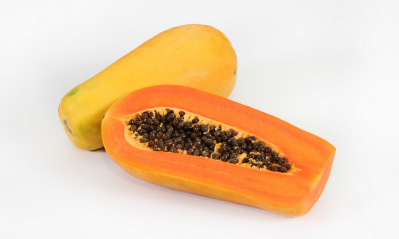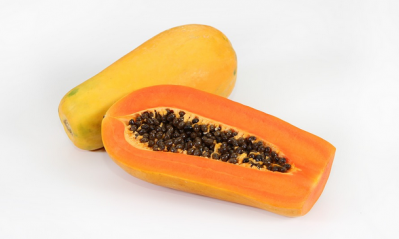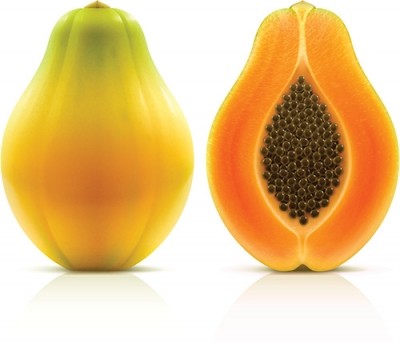Four Salmonella strains linked to papaya outbreak

S. Agona and S. Gaminara were found in samples collected from papayas and from ill people.
Maradol papayas from the Carica de Campeche farm in Mexico are the likely source.
A total of 173 people infected with the outbreak strains of S. Kiambu (51), S. Thompson (111), S. Agona (seven) or S. Gaminara (four) come from 21 states.
Fifty-eight people have been hospitalized and one death was reported from New York City.
Other Salmonella strains added to outbreak
The Centers for Disease Control and Prevention (CDC) identified 11 people infected with the same strains of S. Agona or S. Gaminara.
Among five for whom information was available all of them reported eating or possibly eating papayas in the week before becoming ill.
Investigators compared pulsed-field gel electrophoresis and whole genome sequencing results of Salmonella isolates from the papayas to isolates from ill people in the PulseNet database.
The US Food and Drug Administration said papayas from Carica de Campeche farm tested positive for S. Kiambu, S. Thompson, S. Agona, S. Senftenberg and S. Gaminara.
Caribeña, Cavi and Valery brand papayas are brands produced by the farm and have been recalled.
The agency is attempting to identify any other brands that may have originated from the farm.
Illness dates range from May 17 to July 31 and ill people range in age from less than one to 95.
Among 169 ill people, 101 are female and out of 135 people, 91 are of Hispanic ethnicity.
FDA has also added the Carica de Campeche farm to Import Alert 99-35 after finding multiple strains of Salmonella in the fruit.
Salmonella strains matching the outbreak patterns by PFGE were only isolated from papayas from the Mexican farm.
Most people infected with Salmonella develop diarrhea, fever and abdominal cramps 12 to 72 hours after infection. Illness usually lasts four to seven days and most people recover without treatment.
FDA estimates prevalence of pathogens in sprouts
Meanwhile, FDA has completed a testing program to estimate prevalence of Salmonella, Listeria monocytogenes and E. coli O157:H7 in sprouts.
The sampling study was in response to outbreaks linked to various types of sprouts.
From 1996 to July 2016, there were 46 reported outbreaks of foodborne illness linked to sprouts. These outbreaks accounted for 2,474 illnesses, 187 hospitalizations and three deaths.
The FDA collected 825 samples from 37 states from February 2014 to September 2015 and found that most positive samples came from a small number of sprouting operations.
A total of 14 positive samples were found at eight of the 94 growers and ten came from just four growers.
Samples were collected at three points in the production process (seeds, finished product and spent irrigation water).
Fourteen different varieties of sprouts were collected the most frequent were mung bean (36%), alfalfa (21%), clover (10.4%) and soybean (10.4%).
The agency found Salmonella on 2.35% of seed samples. Prevalence in finished sprouts was 0.21% and in spent irrigation water it was 0.53%.
Listeria monocytogenes was found on 1.28% of finished sprouts. There was no significant difference in prevalence of L. monocytogenes by points in the production process.
None of the finished sprout or spent irrigation water samples tested positive for E. coli O157:H7.


























